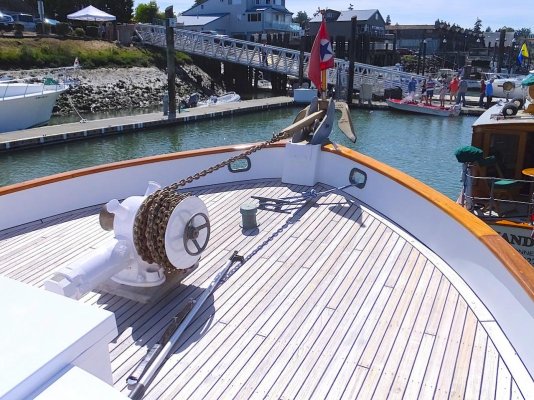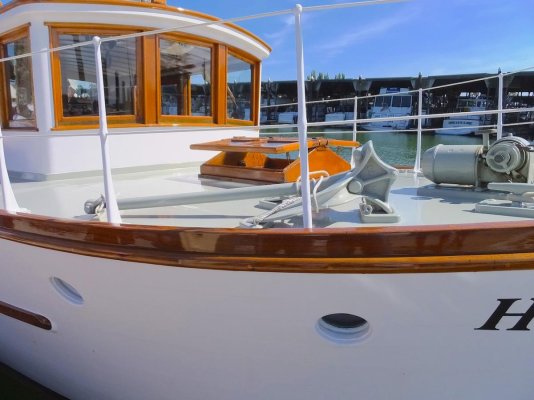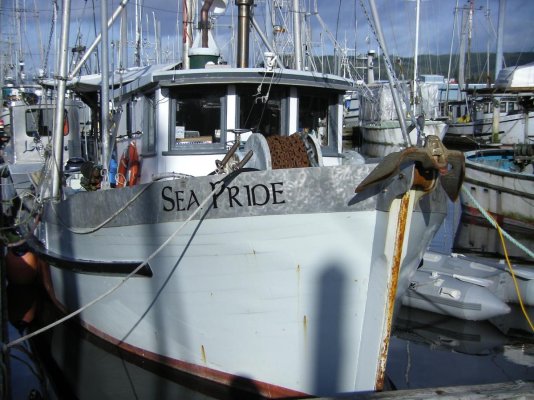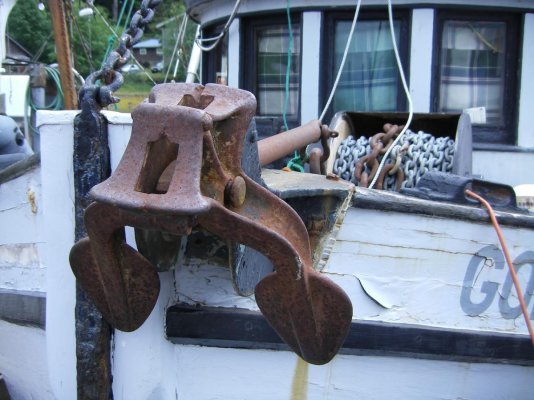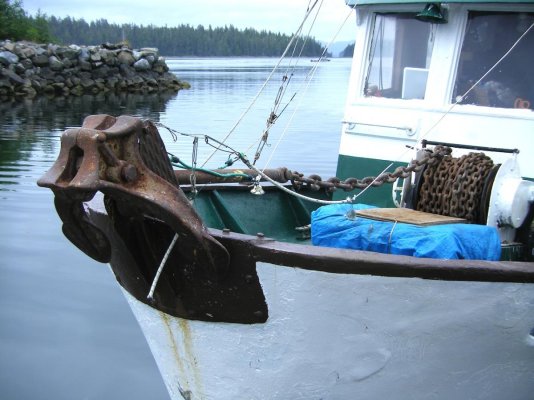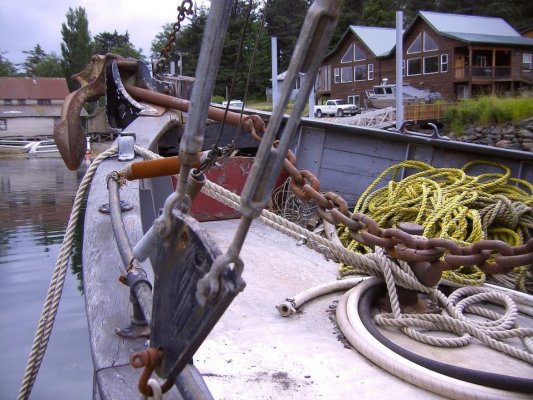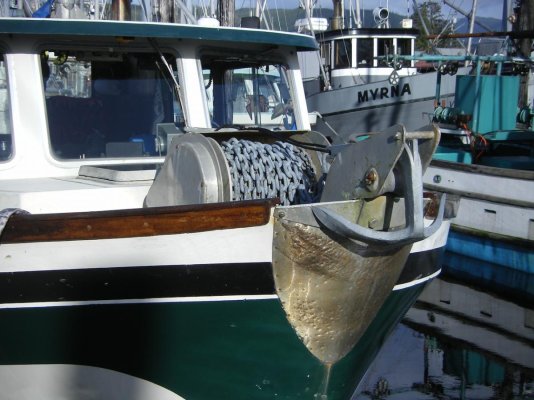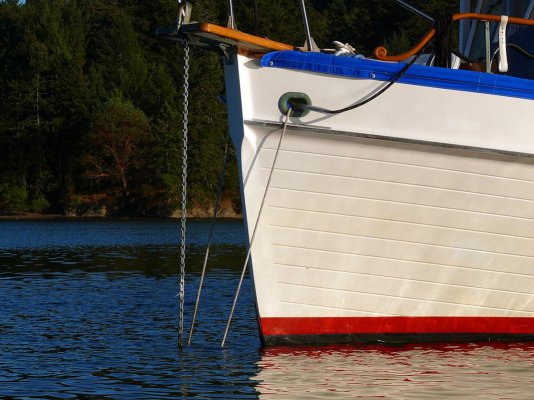Eric-- We almost always use the boat to break out our anchor. I don't mean an extreme effort, but the anchor is almost always in the bottom firm enough to start bogging down the windlass. As soon as that starts to happen we stop the retrieve and break out the anchor with the boat. Most of the time it doesn't take much effort but there have been plenty of times when we had to work at it a bit.
As to the power we use to set the anchor, it's not much, We set the anchor initially with only the inertia of the boat drifting slowly backwards in the wind or current, or if neither one is present we use a momentary shot of reverse on one engine at idle to get the boat moving backwards prior to our deploying the anchor and rode off the boat.
So far the anchor has never failed to dig in and stop the boat with no assistance from us. Usually the anchor stops the boat so suddenly that the boat yaws around a bit on the end of the chain even at the slow speed it's drifting backwards. We've had other rollbar anchor users tell us their anchors often do the same thing. Which makes sense given the way the rollbar anchor works.
After the boat has stopped and moved back forward as the chain sinks back down we engage one engine in reverse gear at idle (650 rpm) until it pulls the catenary out of the chain again. We line up a couple of objects on shore, usually trees, to make sure we are not moving backwards, and then we shift back into neutral. We usually repeat this once to make sure the anchor's staying put and that's it. We do not add any power above idle at any time during all this and we only use one engine.
I'm not sure where this notion that a rollbar anchor can't dig itself deep comes from. Perhaps it's just another armchair theory. I've seen video of rollbar anchors digging into a bottom and disappearing completely from sight as the pull was continued. Obviously it's not going to do this eery time in every kind of bottom.
The times we have found the anchor to be very solidly "parked" in the bottom is when we've been at anchor for a day and a night or more. Between the wind, the waves, and the current shifts the boat usually does some tugging on the rode and I expect the anchor squirms its way in a little deeper over time.
I'm sure that in a denser bottom--- hard mud for example--- the rollbar could limit how deep the anchor goes, although rollbar anchors seem to hold just fine in these kinds of bottoms. But in sand or "normal" mud, from the video and photos I've seen over the years the rollbar anchors seem intent on burrowing to China. Unless they're IN China in which case they burrow in this direction.

We don't dive on our anchor and the water here is not clear enough to see the bottom in typical anchoring depths. So I have no idea what our anchor is doing down there. I can only judge the anchor's behavior in each anchoring situation from what the boat does when the anchor sets and the effort required to pull the anchor out of the bottom when we want to retrieve it.
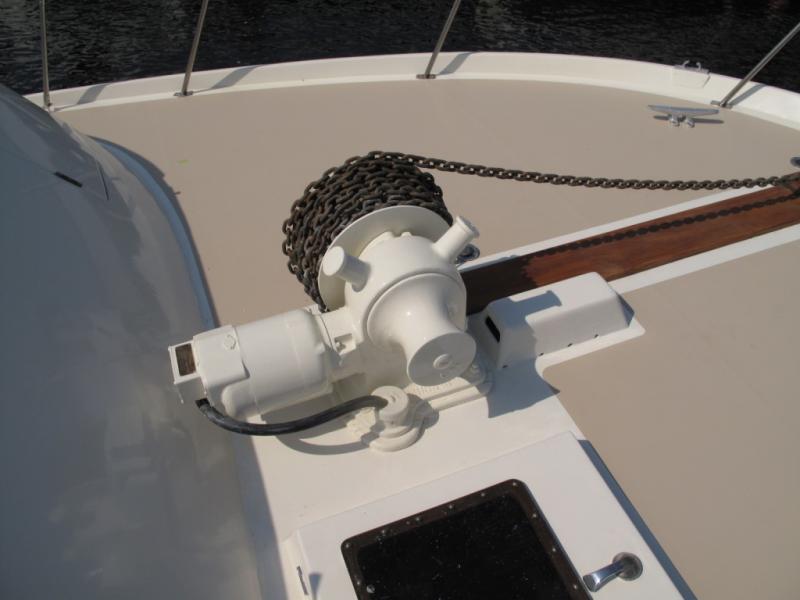
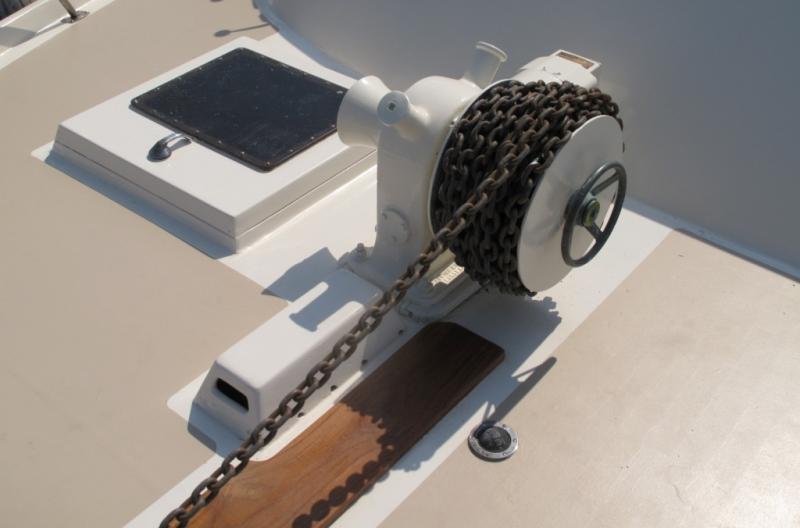
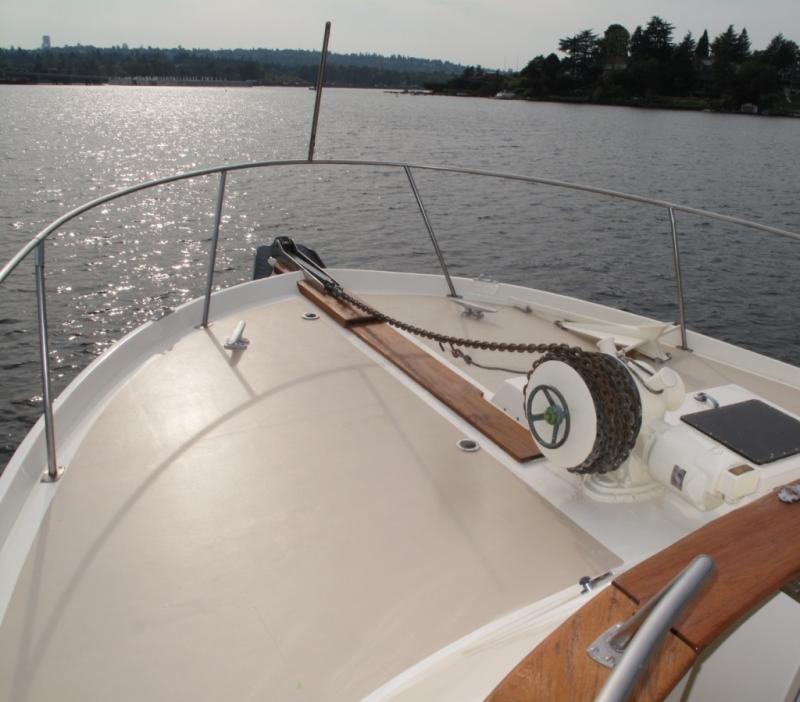




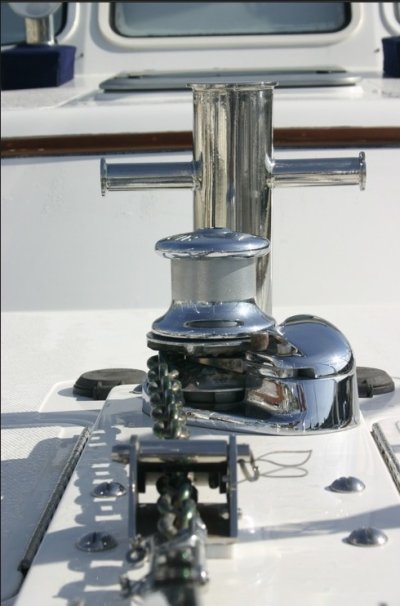
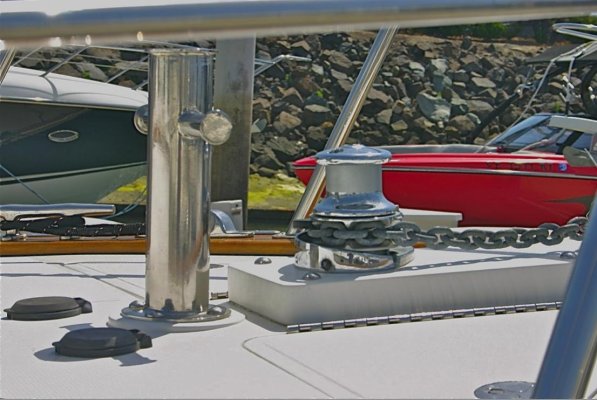
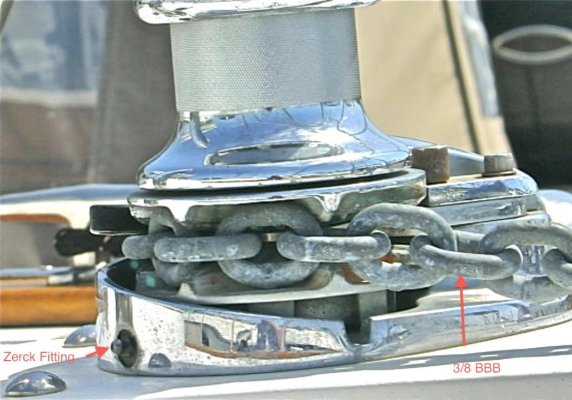
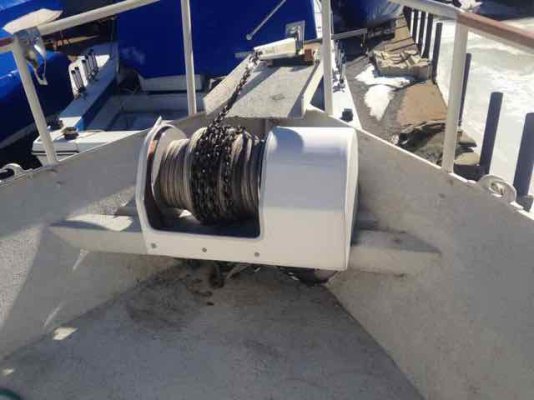

 It's all about configuring your boat to perform in its expected environment.
It's all about configuring your boat to perform in its expected environment.![unnamed[1] (2).jpg](/data/attachments/35/35127-9e61a3b6681a2bc68ec583acb679b550.jpg)
